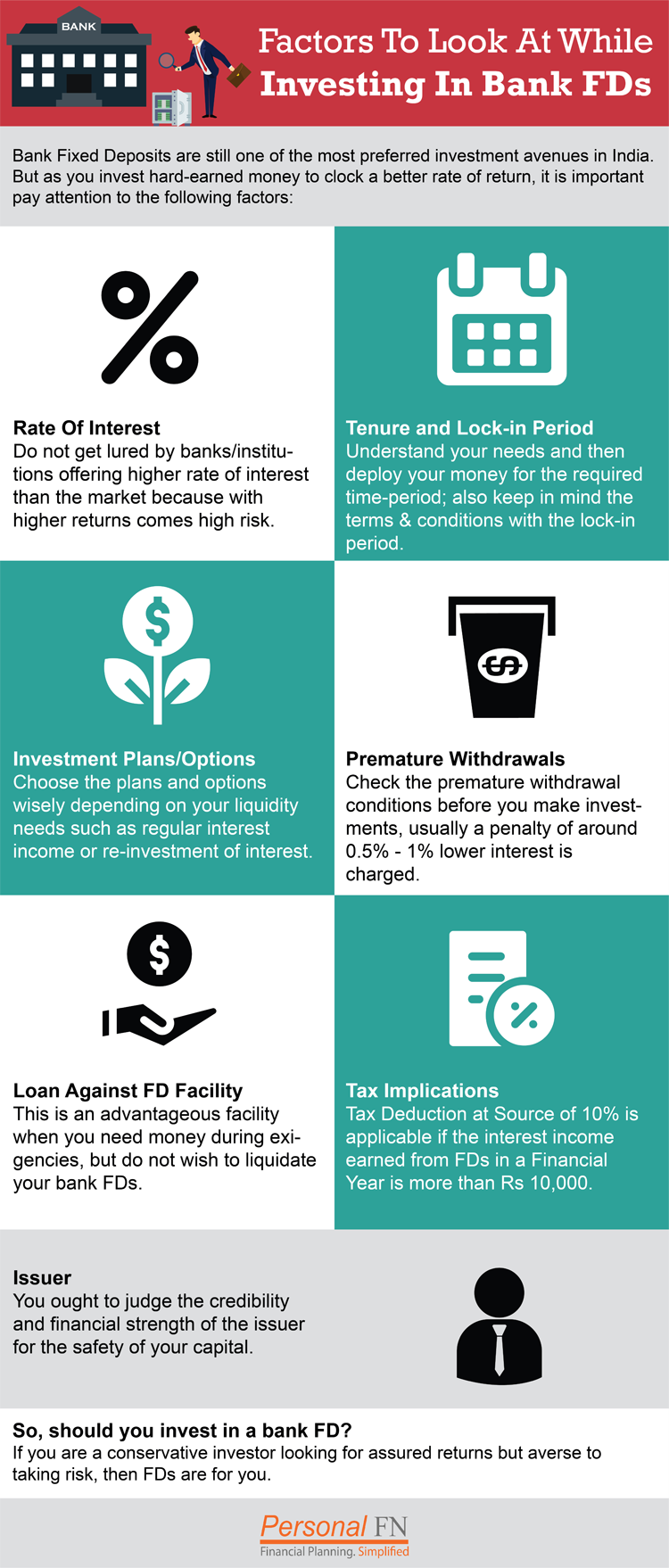Understanding The Distinction Between Payment Warranties And Efficiency Guarantees
Understanding The Distinction Between Payment Warranties And Efficiency Guarantees
Blog Article
Authored By- bond offer
When it involves payment bonds and efficiency bonds in Construction tasks, comprehending the nuances in between the two is important for all involved events. Repayment bonds make sure that everyone gets paid, while efficiency bonds focus on task completion. Yet what takes performance payment bond when concerns develop, and just how do these bonds affect the general success of a job? Let's untangle the intricacies of payment bonds versus efficiency bonds to clarify their unique duties in Construction ventures.
Relevance of Payment Bonds
Understanding why repayment bonds are essential in Construction projects can help you navigate potential economic risks effectively. Settlement bonds provide a safeguard for subcontractors and suppliers, ensuring they obtain settlement for the work and materials they offer on a task.
As a subcontractor or provider, having a repayment bond in position provides you security and satisfaction understanding that you'll be made up for your payments to the task. Without payment bonds, you might encounter delays in receiving settlement and even non-payment, which might have a substantial effect on your organization's economic security.
Trick Distinctions in Demands
To understand the nuances of payment and efficiency bonds totally, it is essential to recognize the unique needs that separate them in Construction tasks. Payment bonds mainly concentrate on ensuring that subcontractors, distributors, and laborers are spent for the work they have actually finished on a project. These bonds supply a warranty that the contractor will fulfill their economic obligations to these parties. On the other hand, efficiency bonds are made to protect the job owner by making certain that the service provider completes the task according to the regards to the agreement. This bond acts as a guard versus any potential disruptions or failings by the service provider.
Repayment bonds typically need the service provider to submit routine repayment applications and keep exact payment documents to guarantee that all celebrations entailed are compensated rather. On the other hand, performance bonds demand the professional to stick to the task timeline, quality standards, and specifications detailed in the agreement. Understanding these specific needs is vital for professionals and project proprietors to browse the complexities of Construction projects efficiently.
Impact on Construction Tasks
Repayment and performance bonds play an important duty in affecting the success and development of Construction jobs. Repayment bonds ensure subcontractors and suppliers are spent for their work, while performance bonds guarantee the task is finished according to the contract. Below's exactly how these bonds influence Construction tasks:
1. ** Threat Mitigation **: By needing settlement and performance bonds, job proprietors mitigate the threat of monetary loss due to professional default. This assurance encourages professionals to meet their obligations, thus advertising job conclusion.
2. ** Boosted Reliability **: Having these bonds in place improves the trustworthiness of the task in the eyes of stakeholders. It signals that the contractor is solvent and efficient in finishing the work as concurred.
3. ** Smooth Project Circulation **: With repayment and performance bonds effectively, disputes over repayments are reduced, job timelines are more likely to be satisfied, and the overall job flow is smoother, resulting in effective project results.
Conclusion
You now understand the crucial duties payment bonds and efficiency bonds play in Construction jobs.
Like a sturdy foundation sustains a structure, payment bonds make sure subcontractors and providers are monetarily safe, while efficiency bonds safeguard job owners from disturbances.
By understanding these distinctions, you can navigate the Construction process with confidence and make certain effective project results.
